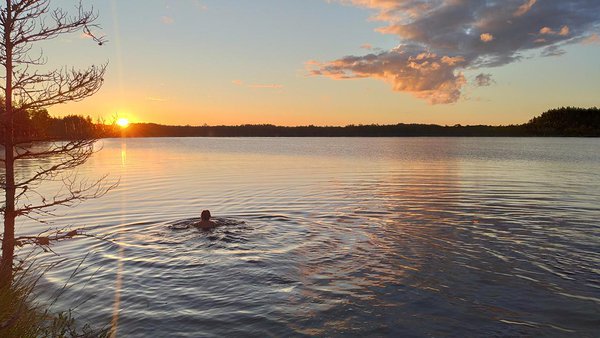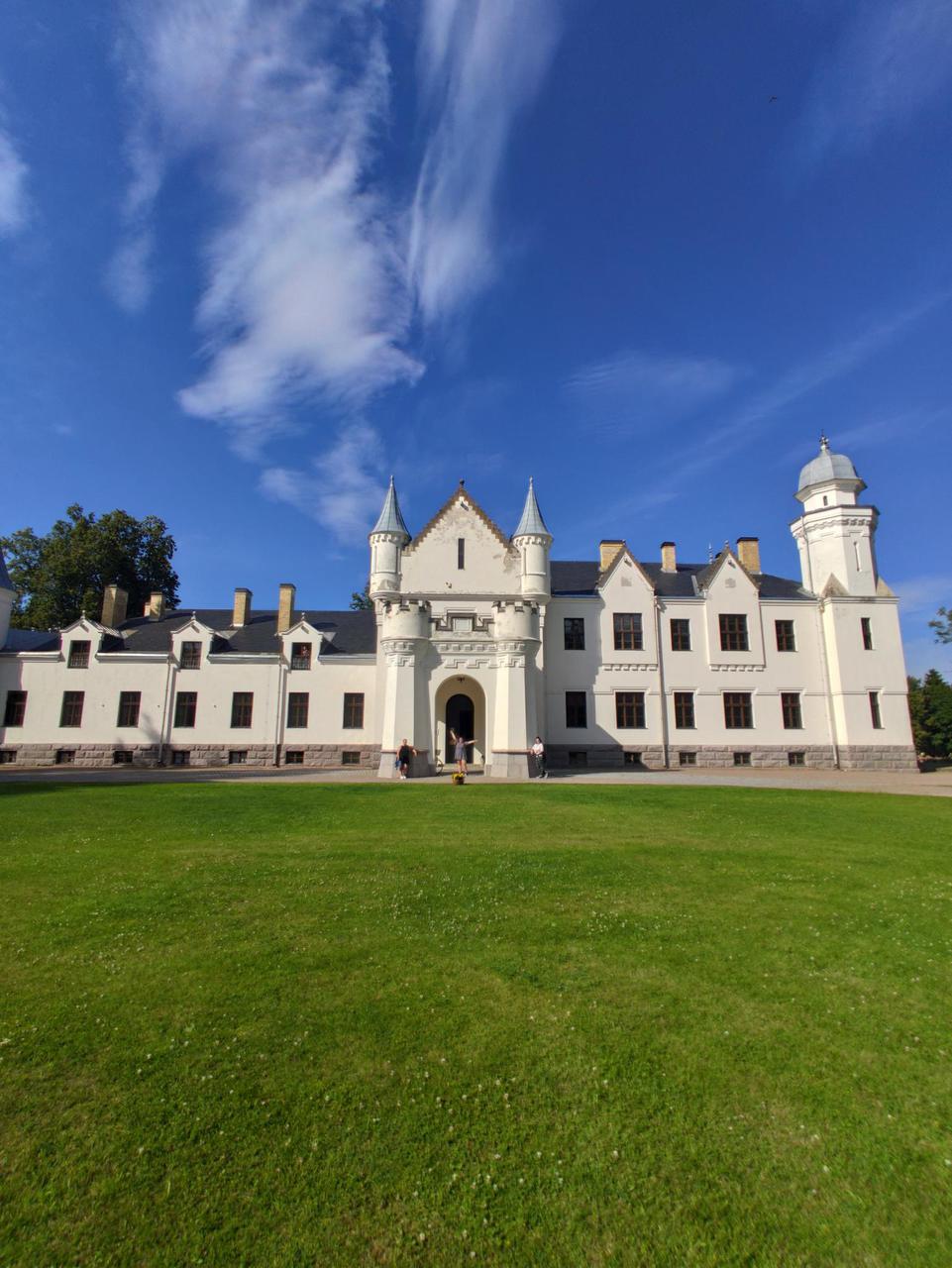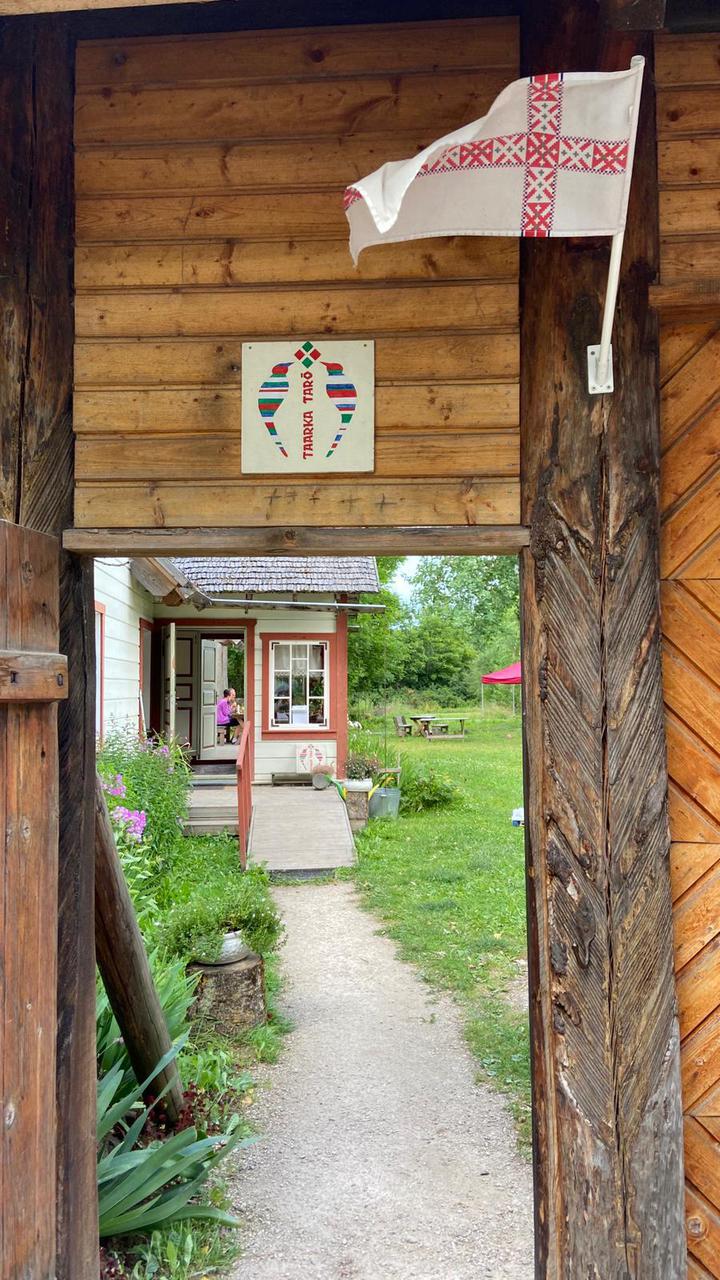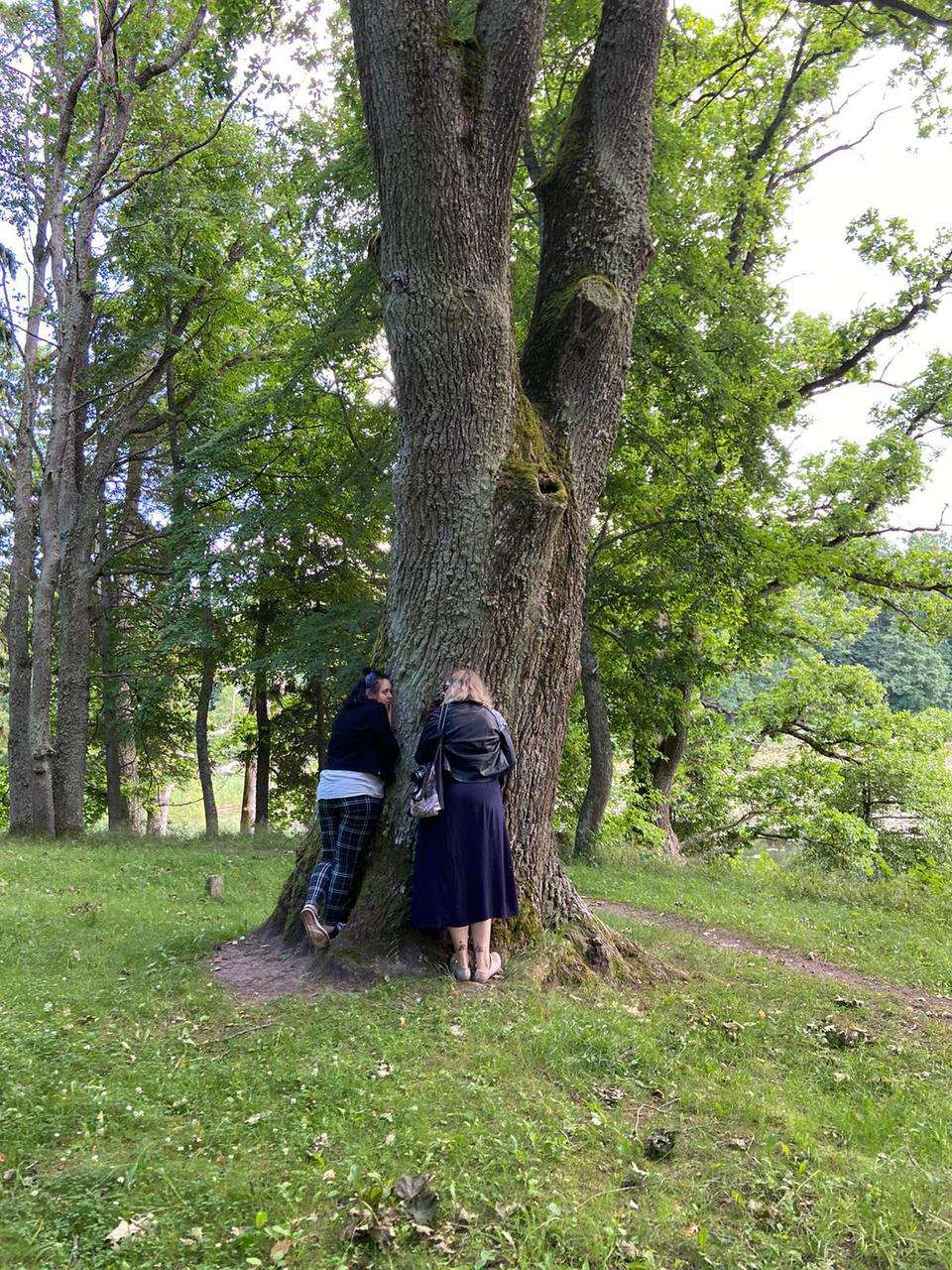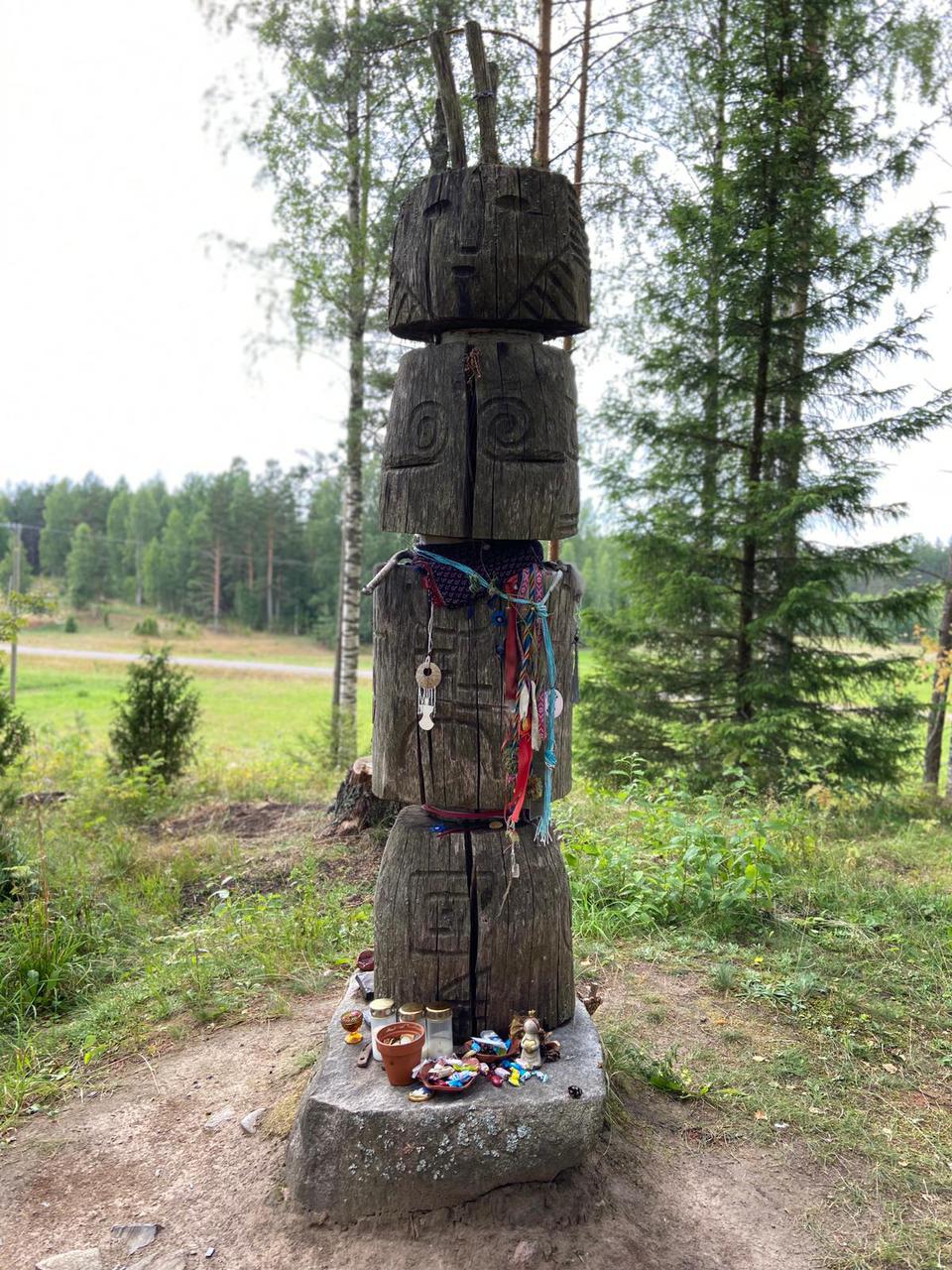Introducing Southern Estonia, part 1
Liisa Nurmela is the developer of the Tartu 2024 project Arts of Survival Documentaries which is currently in the development process. Liisa completed a road trip of Southern Estonia between the 20th and 28th of July, following a route suggested by Tartu 2024 social media followers. With the tour finished, it is time for Liisa to introduce to us her home region and trip highlights by answering our questions. (1/2)

If you had to introduce the region to a foreign visitor, what would you say?
South is where the sun shines brighter, people are happy, culture is diverse and nature is breathtaking.
What are the characteristics of nature in Southern Estonia?
The nature in Southern Estonia is very diverse and is, most of the time, warmer than in the North, which also brings spring and summer there a bit earlier. The landscape is hilly: Estonia’s highest hill, Munamägi, is 318 meters high, and is located in Haanja, Võrumaa. It was surprising to see how much dirt roads are still present in 21st century, but I think these roads are very characteristic for that region and give a feeling of being at home and warm.
Most of Southern Estonia consists of little villages and cities, which has given room for the forests to take over. Our drive through Southern Estonia was mostly through forests and fields, where there was rye, oats, peas etc. The smallest national park of Estonia – Karula (total area 123 sq. km) is very versatile. The park consists of strips of fields, pastures, forests and lakes, smaller bogs and mires in-between. It is one of the largest forests in Southeast Estonia.
But we decided to visit Luhasoo Bog (picture above) because we wanted to see the sunrise. Luhasoo is the only protected area in Võru County, and is interesting because all the stages of bog formation can be seen there. The trail in Luhasoo is 5 km long. The colours of the sunrise play beautifully with the nature that the bog gives, short trees which are emphasized by the sun rays, the sun reflecting from the lake, fog, and just the quietness of being present.
Can you tell us more about the specific cultural minorities of South Estonia?
There are many different cultures and minorities in Souther Estonia. We had the chance to meet three of them. They are usually located in a specific part of Southern Estonia: Peipsi, Võru or Setomaa.
The Old believers (Peipsi)
Our trip began with the Onion route, which is located next to Peipsi lake. The heart of the Onion Route is Alatskivi (pictured: Alatskivi Castle). In that area, there is the biggest community of the Old Believers who were allegedly located here at the end of the 17th century.
Nowadays there are almost 15 thousands Old Believers in Estonia. The Old Believers are a branch that was allocated from the Russian Christian Orthodox Church in the 16th century, when in 1653 the Patriarch Nikon started the reformation of the Russian Orthodox Church. The Old Believers wanted to stay true to their old tradition that was based on the Greek forms of divine service, rites, customs and churchdom. They strive for the revival of old traditions. It is a culture that is slowly fading as people become more modern, but still, you can meet and look around their villages next to Peipsi. You can read more about their culture and life here.
The Setos (Setomaa)
Another ethnic group is the Setos, who live in southeastern Estonia, called Setomaa. They are distinguished by their identity (Seto flag in the picture) and language. There are only approximately 2000 Setos live in Setomaa, and 10 000 Setos elsewhere in Estonia. They speak the Seto dialect or language that is close to the Võro dialect or language that has many influences of the Russian language. Unlike most Estonians, Setos are Orthodox but have also maintained elements of pre-Christian belief. Setod are known for their rich culture.
Since 2009, Seto polyphonic singing tradition leelo has been in the UNESCO list of the world’s intangible cultural heritage. Setos are also known for their beautiful and colourful folk costumes, which are proudly worn on celebration days. Their costumes are made by hand from beginning to an end, and mainly are white and red, and red being the colour of life, it protects one from evil and sickness. The costumes are finished with silver jewellery that every Seto woman wears with pride. It is said that one you can hear a Seto woman coming before you see her, because the silver chains and dangling coins make so much noise. Read more about Seto culture here.
The Võros (Võrumaa)
Third, the Võros are the habitants of Võrumaa and they are considered a sub-ethnos of Estonians. Their identity is based on Võro language, which is a different dialect from Estonia. Many ancient customs have been preserved in Võro villages and there are extensive records of Võro folk songs and stories. Read more about Võros here.
Can you tell us about their traditional clothes ?
Estonia is known for our traditional folk clothes. Each of the areas in Estonia has its own patterns and clothes tradition that has developed since 11th century. The patterns became more evident in 19-20th century. Estonia minorities traditional folk clothes are worn also on events and special occasions.
Are there famous legends or tales in South Estonia cultures ?
Yes, there are many! I would choose the two stories that were the most memorable.
One of the first places we visited was the Alatskivi hiking trail, which is located around Alatskivi Castle. In that trail, there was an Oak of faithfulness. According to folklore, all the promises of faithfulness given under the Oak of faithfulness (picture below) at Midsummer’s night are unbreakable. It is also claimed that any other promise made under the Oak can not be broken. Nowadays, newlyweds often come to the oak to test their fidelity.
Another story is from Setomaa about God’s Hill (Jumalamägi), which is an ancient sacred place of the Setos. The legend goes that this is the place where God welcomes souls onto his carriage to take them to heaven. Since 2007, this hill is used again as a sacred place. A local sculptor R. Veeber built a statue (picture below) representing Peko, fertility god of the Setos, which is visited by the people before major undertakings for luck and success. Locals, who also does sacrifice there, see the statue as a place of positive energy.
The Tartu 2024 team thanks Liisa Nurmela for sharing her experience and pictures.
Discover here her full road trip map selected by the public and click here to see more of Southern Estonia.
